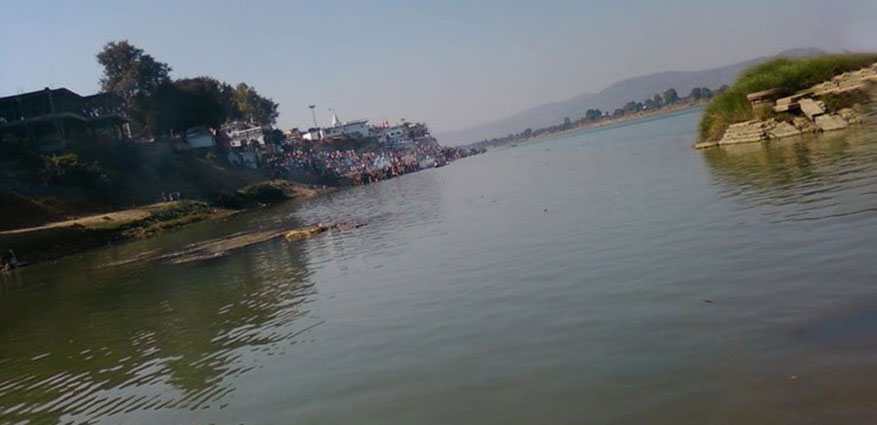Roadmap to protect rivers
Climate change is perhaps emerging as one of the greatest environmental challenges of the twenty-first century, which is further intensified due to population growth, economic development and increased demand on natural resources for food and energy needs. Over the last 25 years there has been a gradual depletion of river flows. The flow is not one year up or one year down, but steadily depleting.
Major rivers in India are rapidly shrinking and many perennial rivers have turned seasonal. Water scarcity and drought has become a reality in today’s India. Rivers need to be accorded a due place in India’s development agenda since they support a sizeable population directly or indirectly. Revitalizing rivers needs to happen in conjunction with improving the livelihoods of riverine communities. The rivers of our nation are dying. All rivers are at a dangerous level of depletion. In another 15-20 years’ time most of the perennial rivers will become seasonal.
Rivers need to be recognized as a national treasure. Rivers need to be accorded due place in India’s agenda since they support a sizeable population directly or indirectly. Rivers have been used to meet human needs in various ways. They have been channelized for irrigation, used as waterways to transport goods, and in recent times they are also one of the sources of freshwater for industrial activities. It is important to ensure that this precious source of freshwater is intact so that the human species does not perish. Rivers are also habitat for a variety of flora and fauna. They have evolved to resist the calamities as well.
The issues that plague our rivers are not one or two – they are many. Our rivers are polluted and they are drying up in summers and there are inter-state disputes over them. Any human intervention that causes a decline in flow or obstructs the flow impacts the health of the river and could lead to its death. Another cause of the death of rivers is waste that is dumped into the river that is more than the assimilative capacity of the river. Our rivers face challenges on two fronts – quality and quantity, which needs to be addressed simultaneously. It is recommended to act quickly on the revitalization of rivers with every state planting trees in the target area along a contiguous stretch of about 100 kilometers, as a precursor to a saturation model.
India has moved from being a water surplus (stress free) country to being a water stressed country within just seventy years since independence
Implementing the solution requires mass awareness of the problem among citizens; development of national and state level detailing how to revitalize our rivers – technically and practically, based on certain fundamental principles, and also provides a broad implementation framework. Revitalization of rivers is not only the responsibility of the government, it is also that of all those who use water. It requires the coming together of all of us as a nation to realize that a river is no more perceived as a commodity, but as an entity that lives, an entity that breathes life into billions of living beings including human beings.
This is where Daiki Axis Johkasou STPs step in. Johkasou contributes by lessening the pollution impact to the water environment. After the installation of Johkasou STP, there is an improvement in the quality of the water discharged. Thus, Johkasou contributes to maintaining the stable flow of the rivers. The treated water is discharged into rivers so Johkasou systems are highly favorable to the conservation and improvement of water environment. Johkasou STPs are suitable for Indian conditions as they are easy to install, have low operational cost and are scalable. They aid in treating wastewater from factories, offices, industrial effluents thus improving the quality of water which flows into the rivers and preventing water pollution. The treated water can easily be reused for various purposes as a reliable water resource.

